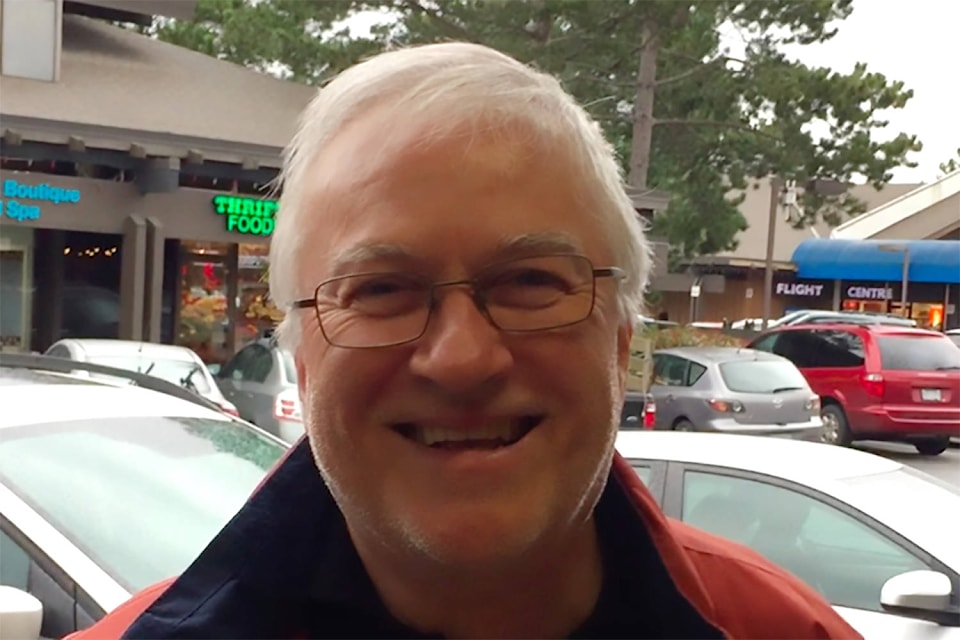It is a rainy March morning in Saanich and John Schmuck, former chair of the Saanich Community Association Network (SCAN), is having a cup of coffee.
He is about to leave the cafe when a group of employees from the District of Saanich enter to get their caffeine fix. Schmuck and the employees from the parks and recreation department immediately recognize each other and start talking in a way that goes beyond mere pleasantries.
It is obvious that they have worked with each other in the past, and their exchange, albeit fleeting, captures what Schmuck had described earlier.
“The community associations are a first level of liaison for Saanich staff and council,” said Schmuck.
According to Saanich’s website, community associations “provide valuable input to council and Saanich staff on items such as land use and planning proposals.”
This status makes them important transmission points between the public-at-large in each of the 18 neighbourhoods they represent, elected officials and other actors, including private enterprise, non-for-profit agencies and other members of local civil society.
“Council really does look to the community associations – to SCAN in particular – to give feedback on different things,” said Schmuck.
Saanich recognizes this status by affording representatives of community associations additional time to comment on development and land use issues, and their influence can be significant, as in the case of the Camosun Community Association, which played an influential role in the eventual redevelopment of Townley Lodge.
As such, community associations represent democratic laboratories and training grounds, and yes, stepping stones towards larger, elected political offices.
But this aspect threatens to obscure a larger point.
Community associations are not just an informal level of governance. As organizers of community events like Music in the Park and public forums, they are institutions of civil society, the binding layer between formal governing institutions and the public at large. As such, their strength (or weakness) is a seismograph of social cohesion.
Not all community associations are created equal. Some have large, active memberships, with experience in organizing events and working with the municipality. Others often find it difficult to recruit members, against the backdrop of changing social norms and attitudes towards volunteerism. Faced with personal and professional pressures, community associations often become the domain of seniors. Membership of community associations also rise and fall with the importance of an issue, said Schmuck.
This said, efforts are currently underway to help community associations better fulfill their roles, and for all the recent changes, they allow individuals to express their commitment towards their communities and ultimately something larger than themselves.
“We want to be involved,” he said. “We are all interested in our community. Ultimately, we want to improve the place we live in and have a better life.”
